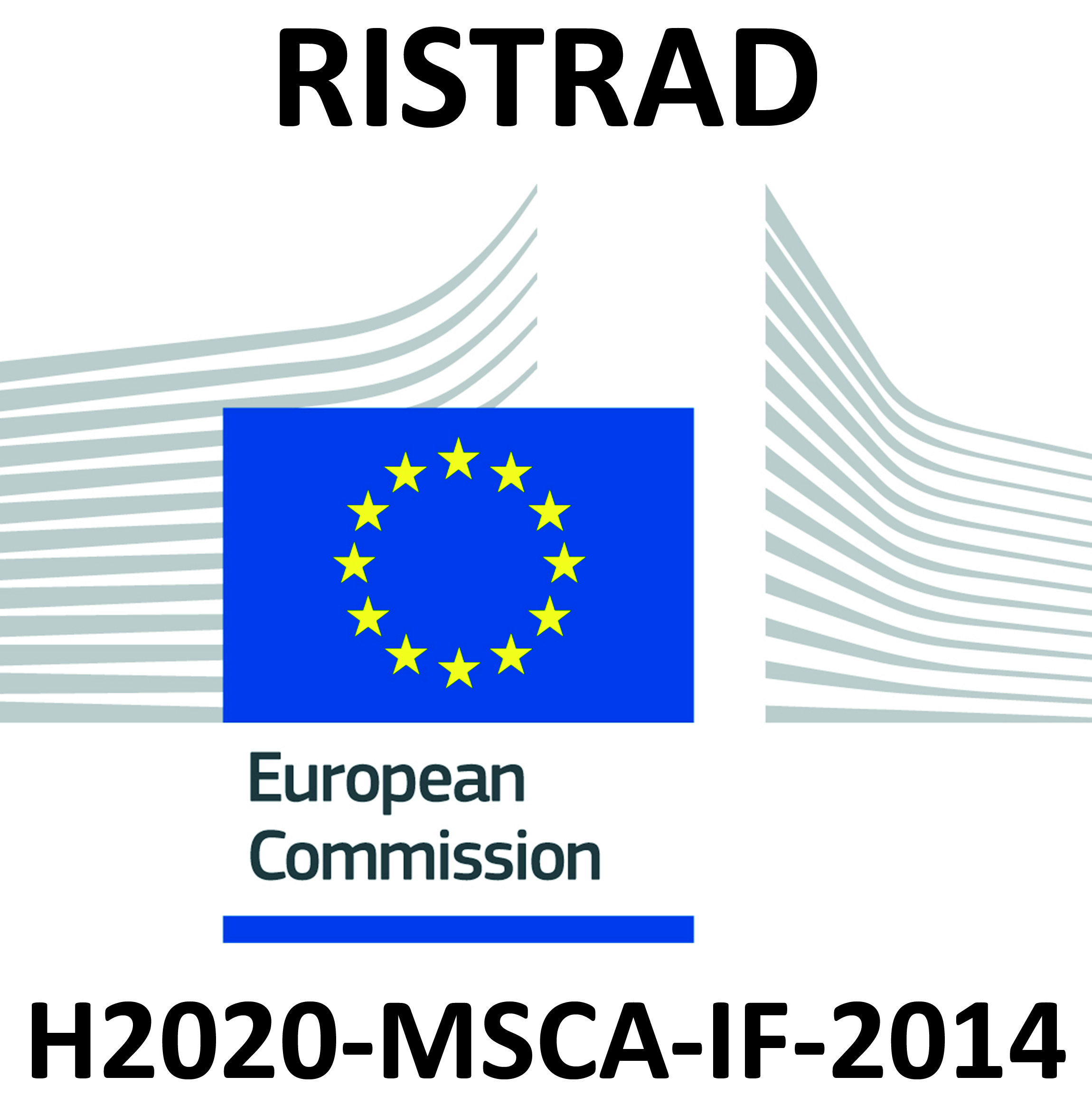RISTRAD - Julien Barc
“RISTRAD”
“Risk Stratification for Sudden Cardiac Death”
Marie Skłodowska-Curie Actions Individual Fellowships

Sudden cardiac death (SCD) is a leading cause of total and cardiovascular mortality. Ventricular fibrillation (VF) is the most common arrhythmia causing SCD. In young individuals, SCD occurs primarily in the setting of rare cardiac disorders generally considered as Mendelian diseases. Among these are the primary electrical disorders associating lethal arrhythmias such as VF. These disorders are highly amenable to genetic studies since they manifest clinically with specific features on the electrocardiogram.
As of today, the large gap in our knowledge concerning the determinants of VF at the genetic and molecular level hinders breakthroughs in the development of risk stratification and preventive strategies. As a model of a primary rhythm disorder, Brugada syndrome (BrS) may be considered as 'sensitized model' for SCD and be relevant to the broad problem of SCD in the setting of common cardiac pathologies.
The aim of this project is to propose a translational study, combining genome wide association studies in the largest biobank of patients with cardiac arrhythmia ever collected, genotype-phenotype studies for clinical relevance/use and functional characterization for novel genes uncovered.
The overarching aim of the study is to decipher the genetic model of the BrS by identifying novel genetic factors that modulate risk for SCD. We also believe that the impact of this project, although focused on a rare disease such as BrS, will be much broader in the field of cardiac arrhythmias and more generally for SCD.
Preliminary results:
Through international collaborations, a genome wide association study led initially on 312 Brugada syndrome cases and identifying 3 loci associated with the disease has been extended to 2153 cases. This collaborative work allowed to identify (preliminary data) 10 new loci associated to BrS susceptibility. Interestingly, this original approach for a rare disease points the predominant role of the regulation of the SCN5A gene and the implication of unexpected genes in cardiac electrical activity (5 loci). The cumulative effect of these 13 susceptibility loci will likely confer to whom carry them an odds ratio > to 100. Then the screening of these common variants might be of interest to predict and adapt the management of the BrS patients. Furthermore, besides loci associated with disease susceptibility, genetic marker specifically associated with the risk of arrhythmia is under investigation.
RISTRAD participates also to the clinical and molecular description of a new syndromic arrhythmia disorder: Progressive Atrial Conduction Defects Associated With Bone Malformation Caused by a Connexin 45 Mutation, recently accepted for publication in JACC (IF:19.9)





